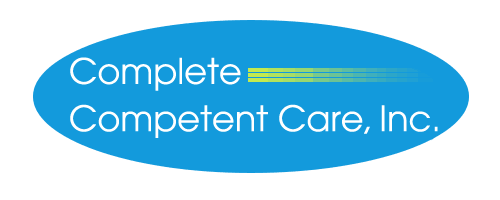Everyone has experienced pain. Some of us grin and bear it. Some ignore it. Research shows we need to take pain seriously. Unrelieved pain:
- Causes depression, anxiety and confusion
- Inhibits immune function
- Increases oxygen demand and respiratory dysfunction
- Even enhances tumor growth.
According to research, at least 90% of patients who suffer pain should experience relief. However, studies show that in healthcare nearly half of all patients with pain suffer needlessly. Let’s look at some reasons for poor pain management.
- Some patients are not asked about In one study of patients with pain, less than half were asked about pain.
- Pain evaluation is not When care givers use
different methods to evaluate the same patient’s pain a confusing picture results.
- There are no handy lab tests to identify or verify
- Many times, there are few observable, objective physical signs of chronic
- Patients may hide
- Misinformation about pain is common among health care workers.
Types of Pain
Nociceptive
Most common type of pain caused by damage to pain sensitive tissue that warn you to protect yourself from further injury. Typical with muscle or bone injuries, surgery, pressure, inflammation or cancer.
Neuropathic
Caused by nerve changes or damage. Typical with diabetes and amputations.
Acute
Short duration (less than 1 month)
Chronic
Lasts more than 3-6 months. It can be due to cancer, MS, Aids, Fibromyalgia or Osteoarthritis.
Healthcare professionals assess pain:
- At each new report of pain before, during and after intervention, and at regular intervals.
- Document gathered information:
- Location
- Intensity (1 to 10)
- Quality (throbbing, tenderness )
- Onset, duration, cause
- Pain management measures used
- Effects of pain on sleep, appetite, mobility
Pain is often under treated because of a lack of understanding about opioids and other drug treatments. Let’s look at some information based on research:
- How an analgesic is used is more important than the type. For instance, when pain is consistent, around-the-clock dosing is most effective. This dosing schedule keeps plasma analgesic levels high and reduces the patient’ s anxiety
- Patients with advanced diseases may need gradually increasing doses of opioids. Since the body develops tolerance to respiratory depression and sedation over time, these dosing increases are usually
- It is important to monitor effectiveness of analgesics frequently.
- Use the pain intensity scale to determine relief. Make sure everyone is using the same intensity
- The analgesic delivery method plays an important role in r Patient controlled analgesia works for some while spinal/epidural or intravenous routes are needed by other.
- Combining drug and nondrug methods offer the best pain Non-drug pain relief methods enhance the effects of analgesics and help manage pain.
Methods include:
- A supportive environment, in which expression of fears and felling about pain is
- Comfort measures such as repositioning the patient, therapeutic touch or massage.
- Physical and occupational therapy, which use heat or cold, ultrasound, exercise and other therapies to relieve tension, st iffness, spasm, and
- Behavioral techniques that help patients better cope and find relief through relaxation, meditation, biofeedback, imagery, distraction via music or humor, hypnosis or other p
- TENS units, or transcutaneous electrical nerve stimulation, that use gentle electric current to relieve some chronic
- Acupuncture and acupressure that relieve pain by stimulating specific body
- Success is measured by a patient’ s comfort level and ability to function
